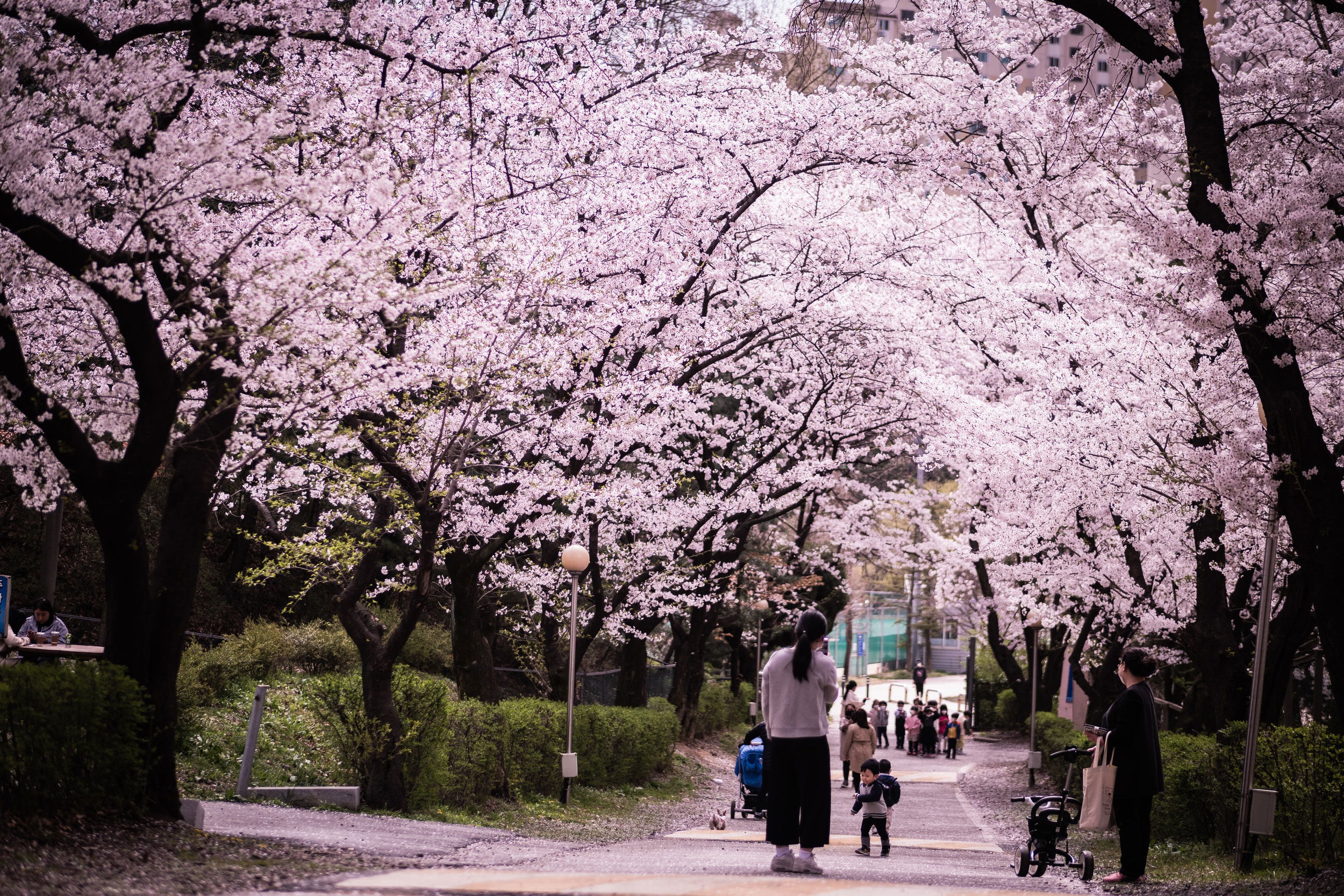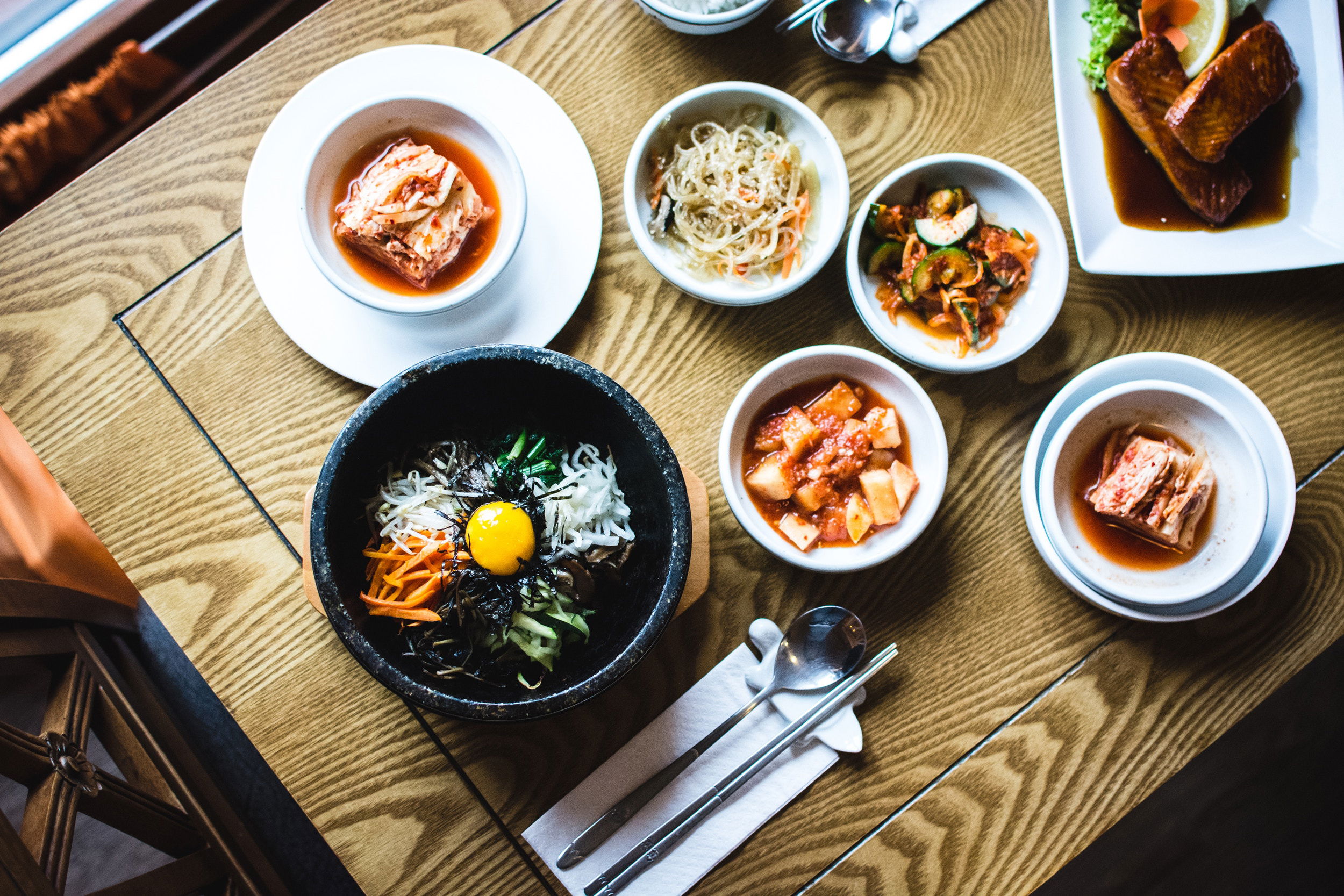History and Cultural Significance of Ginger in Korea
Ginger has been an important ingredient in Korean cuisine, medicine and culture for centuries. Known for its unique flavor and medicinal properties, fresh ginger has been used in a variety of ways, from flavoring traditional meals to treating various ailments. This versatile root has also played a significant role in Korean folklore and tradition, making it an indispensable part of the country's history and culture. In this article, we explore the history, culinary and medicinal uses, nutritional value, and future trends in ginger production and consumption in Korea. Whether you're a foodie, a health enthusiast, or just curious about Korean culture, this article has something for everyone.

History and Cultural Significance of Ginger in Korea
The Origins of Ginger in Korea
Ginger has been a popular ingredient in Korean cuisine for centuries, and its use can be traced back to ancient times. The plant is native to Southeast Asia, and it is believed that it was brought to Korea by sailors and traders from China and Japan.
Ginger in Korean Folklore and Tradition
In Korean tradition, ginger is believed to have medicinal properties that can help promote health and healing. It also plays a role in many Korean folktales and legends, such as the story of Heungbu and Nolbu, in which ginger is used to cure a sick child.
Ginger is also a popular gift during the Lunar New Year, as it is believed to bring good luck, wealth, and prosperity for the new year.

Nutritional Value and Health Benefits of Fresh Ginger
Vitamins and Minerals in Fresh Ginger
Fresh ginger is a rich source of vitamins and minerals such as vitamin B6, vitamin C, magnesium, and potassium. It also contains powerful antioxidants that can help protect the body from cell damage and aging.
Anti-inflammatory Properties of Ginger
Ginger has potent anti-inflammatory properties that can help alleviate pain and swelling in the body. Studies have shown that ginger may be effective in reducing inflammation and pain associated with conditions such as osteoarthritis, rheumatoid arthritis, and menstrual pain.
Ginger as a Treatment for Digestive Issues
For centuries, ginger has been used as a natural remedy for digestive issues such as nausea, vomiting, and indigestion. Studies have shown that ginger may be effective in reducing symptoms of motion sickness and morning sickness during pregnancy.

Culinary Uses of Fresh Ginger in Korean Cuisine
Ginger as a Flavoring Agent in Korean Dishes
Fresh ginger is a common ingredient in many Korean dishes, and it is often used to add a pungent, slightly sweet flavor to sauces, marinades, and soups. It is also a popular seasoning for grilled meats and seafood.
Preparation Techniques for Fresh Ginger in Cooking
In Korean cuisine, fresh ginger is typically peeled and either grated or minced before being added to dishes. It can also be sliced or julienned and used as a garnish.
Famous Korean Dishes with Fresh Ginger
Some of the most popular Korean dishes that use fresh ginger include jjajangmyeon (black bean noodles), kimchi fried rice, and bulgogi (grilled marinated beef).
Growing and Harvesting Fresh Ginger in Korea
The Ideal Growing Conditions for Ginger in Korea
Ginger grows best in warm, humid climates and well-draining soil. In Korea, ginger is typically grown in greenhouses or in open fields during the summer months.
Harvesting Techniques for Fresh Ginger
Fresh ginger is typically harvested by hand, and the root is carefully dug up from the soil. It is important to handle the ginger with care during the harvesting process to prevent damage to the root.
Ginger Farming and Sustainability in Korea
Ginger farming is an important industry in Korea, and many farmers have implemented sustainable farming practices to reduce their environmental impact. Some farmers use organic methods to grow ginger, which helps to promote soil health and reduce the use of harmful pesticides and fertilizers.
Traditional and Modern Medicinal Uses of Ginger in Korea
Ginger has been used in traditional Korean medicine for centuries to treat a variety of ailments, including nausea, colds, and digestive issues. Modern research has found that ginger has anti-inflammatory and antioxidant properties, making it a valuable ingredient in modern medicinal practices.

Ginger as a Traditional Korean Medicine
n Korean traditional medicine, ginger is often used in combination with other medicinal herbs to create remedies for various illnesses. It is believed that ginger warms the body and increases circulation, making it effective in treating colds and flu. Ginger is also used to alleviate digestive issues, including bloating and nausea.
Modern Medicinal Uses of Ginger in Korea
In modern times, ginger has been found to have anti-inflammatory properties, making it useful in treating inflammatory conditions such as arthritis. It has also been found to help reduce nausea and vomiting associated with chemotherapy. Ginger supplements and extracts are commonly used to treat these ailments.
Ginger in Korean Beauty and Skincare Products
Ginger is a common ingredient in Korean beauty and skincare products due to its antioxidant and anti-inflammatory properties. It is often used in facial masks and serums to brighten and soothe the skin.

Ginger-based Beverages and Desserts in Korean Culture
Ginger is a popular flavor in Korean beverages and desserts. Ginger tea and ginger beer are refreshing drinks enjoyed year-round, while ginger is also used in traditional Korean desserts such as sikhye and hangwa.
Korean Ginger Tea and its Benefits
Korean ginger tea, made by boiling ginger with honey or sugar, is a popular home remedy for colds and flu. It is believed to help relieve coughs, sore throat, and congestion.
Ginger Beer and Other Refreshing Drinks
Ginger beer, a fermented drink made with sugar, water, and ginger, is a refreshing drink enjoyed in Korea during the summer months. Other ginger-based drinks include ginger ale, which is commonly found in Korean convenience stores and supermarkets.

Ginger-flavored Desserts in Korea
Ginger is a common flavor in traditional Korean desserts such as sikhye, a sweet rice drink flavored with ginger, and hangwa, a type of sweet rice cake made with ginger and other ingredients.
Ginger as a Key Ingredient in Korean Herbal Medicine
Ginger is a key ingredient in Korean herbal medicine, commonly used in combination with other medicinal herbs to create remedies for a variety of ailments.
The Role of Ginger in Korean Herbalism
In Korean herbal medicine, ginger is believed to have a warming effect on the body and is often used in combination with other herbs to create remedies for conditions such as colds and digestive issues.
Combining Ginger with Other Traditional Korean Medicinal Plants
Ginger is often combined with other traditional Korean medicinal plants such as ginseng and licorice to create powerful remedies for specific ailments. For example, the combination of ginger and ginseng is believed to boost energy and improve mental clarity.

Future Trends and Innovations in Korean Ginger Production and Consumption
As demand for ginger continues to grow, Korean producers are exploring new techniques and innovative uses for ginger in various industries.
New Techniques in Ginger Farming
Korean farmers are adopting new techniques such as hydroponic farming and using drones to monitor crop growth, resulting in higher yields and improved quality of ginger.
Innovative Uses for Ginger in Korean Industry
Ginger has potential for use in a variety of industries, including cosmetics and food processing. Korean companies are exploring new applications for ginger, such as using ginger extracts in skincare products and adding ginger to processed foods to enhance flavor and health benefits.
